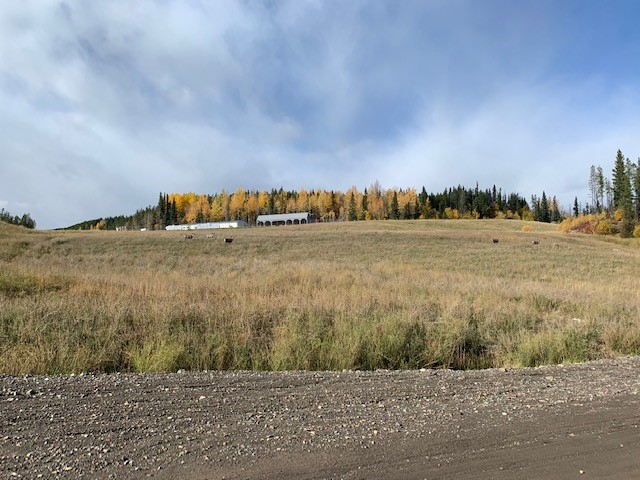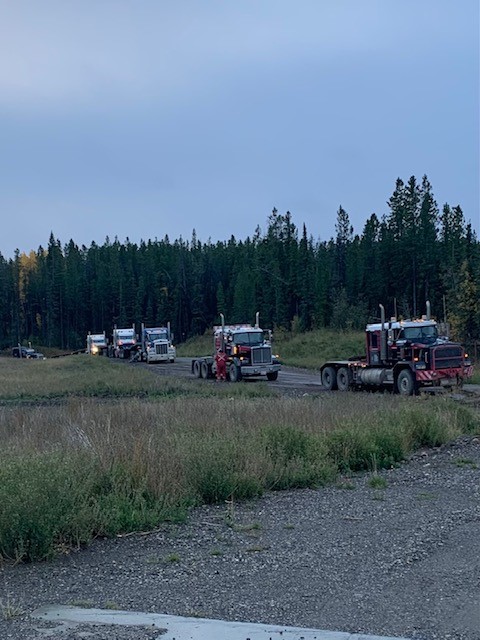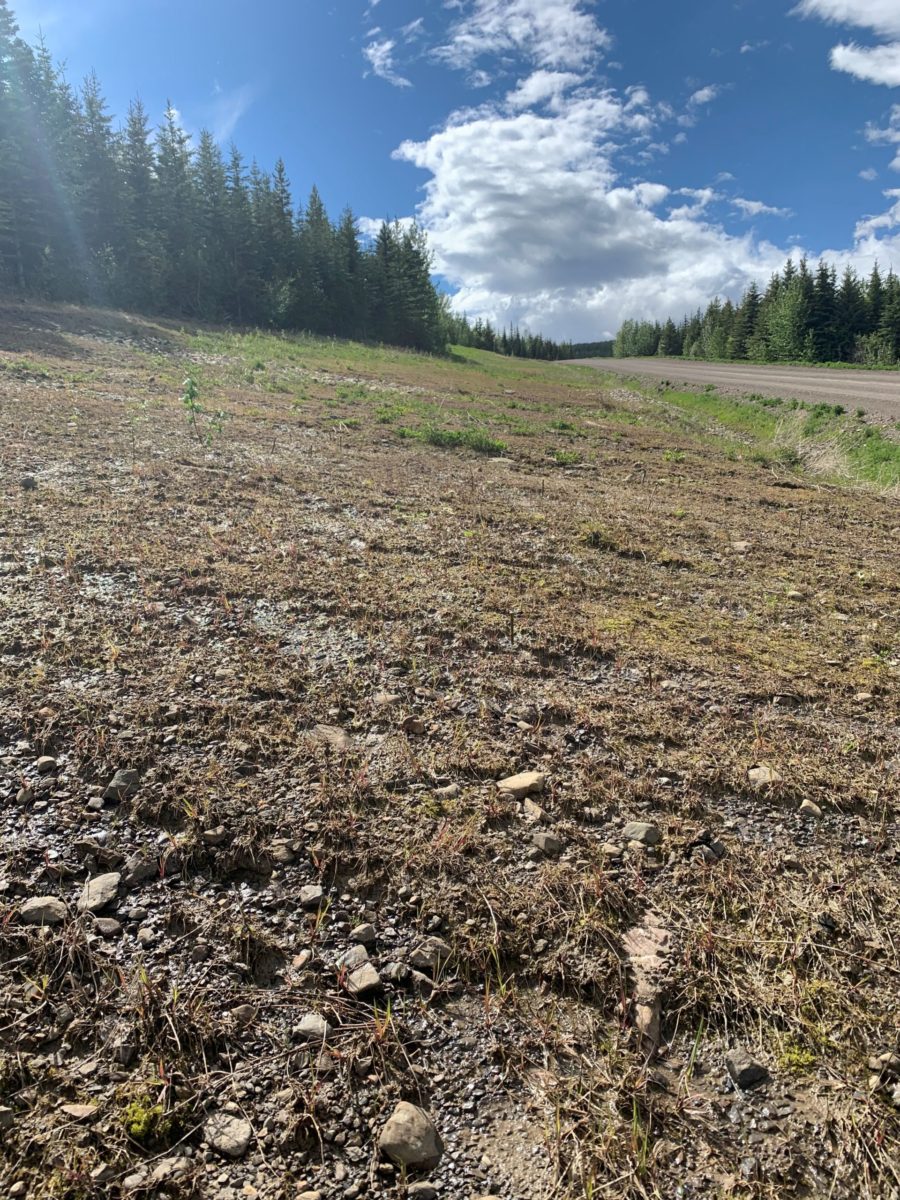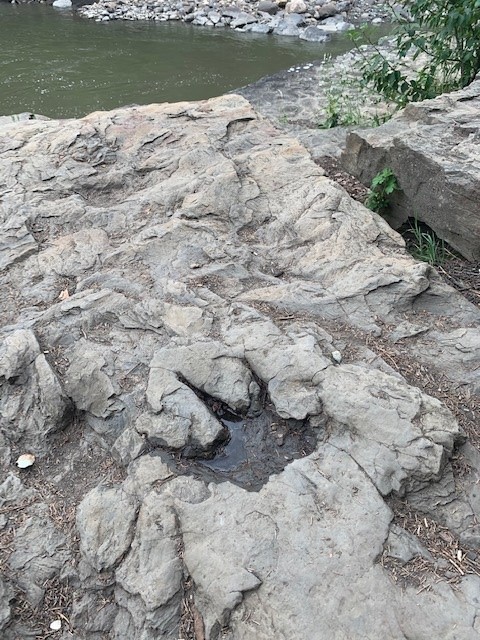Across its operating fleet, Pattern Energy recognizes its teams’ special efforts to protect and preserve the environment. Meikle Wind is a great example. The area around the facility faces a challenge from invasive plant species. The operations team at Meikle Wind is taking a proactive approach to managing on-site vegetation to address the problem head-on.

Lower field cleared of invasive species.
Pulling Weeds
“We have been asked to watch for invasive species on site. Seeds are transported here in many ways, and we start to see them grow in the spring and summertime. So we ensure that those invasive plants are removed—the easiest way is to just dig them out,” explains David Durrant, Market Development and Stakeholder Relationship Manager at Pattern Energy.
Invasive plants are non-native to the area and can prevent native plants from growing, potentially creating negative impacts on local ecosystems, vegetation, and wildlife.
Some invasive species found at Meikle Wind include narrow-leaf hawksbeard, yellow hawkweed, tall hawkweed, and oxeye daisy. Last year, he pulled out about 30 kilograms of invasive plants.
“Removing the invasive species is just one part of the environmental work we’re doing at Meikle Wind,” he says.

Invasive species removed from around the front entrance gate. Seeds from invasive species can be transported in many ways, including by wildlife and human activity.
Cultivating Environmental Relationships
Last year, members of McLeod Lake First Nation pointed out that there wasn’t enough willow at the site to provide forage for moose.
“We researched how to grow willow by making willow whips. We planted about 300 willow whips for slope stabilization and to feed the wildlife,” David explains.
The Meikle Wind team has also helped feed young caribou.
“Working with the McLeod Lake First Nation band and provincial scientists we pick lichen high up in the Rockies and pack out large sacks of the food for woodland caribou. The McLeod Lake First Nation rears woodland caribou and reintroduces them back into the wild,” he says.
These are just a few examples of the environmental work at Meikle Wind, and David says it’s all thanks to the relationships the team has built.
“We are a leading partner with Tumbler Ridge Global Geopark and help stage over 30 programs which predominantly focus on the environment,” he explains.

Look closely – you can see the small willow whips that were planted before this photo was taken.
Working Together
Meikle Wind was one of seven facilities nominated for this year’s Pattern Energy Environmental Stewardship Award, which celebrates the efforts of local teams throughout the company’s fleet.
“The amount of environmental work being conducted at Pattern sites, by Pattern employees, is amazing and is so important. Being nominated for this award is very meaningful for all at Meikle Wind,” he says.
David says he’s especially proud of the collaborative approach the team has taken to tackle the site’s ecological challenges.
“We strive to fulfill Pattern’s environmental vision and mission through a commitment to forming meaningful community partnerships which are built on mutual respect and trust. Creating partnerships is vital because you can’t do all the work which needs to be done on your own,” David says.

Clearing invasive species around dinosaur tracks near the Tumbler Ridge Geopark.